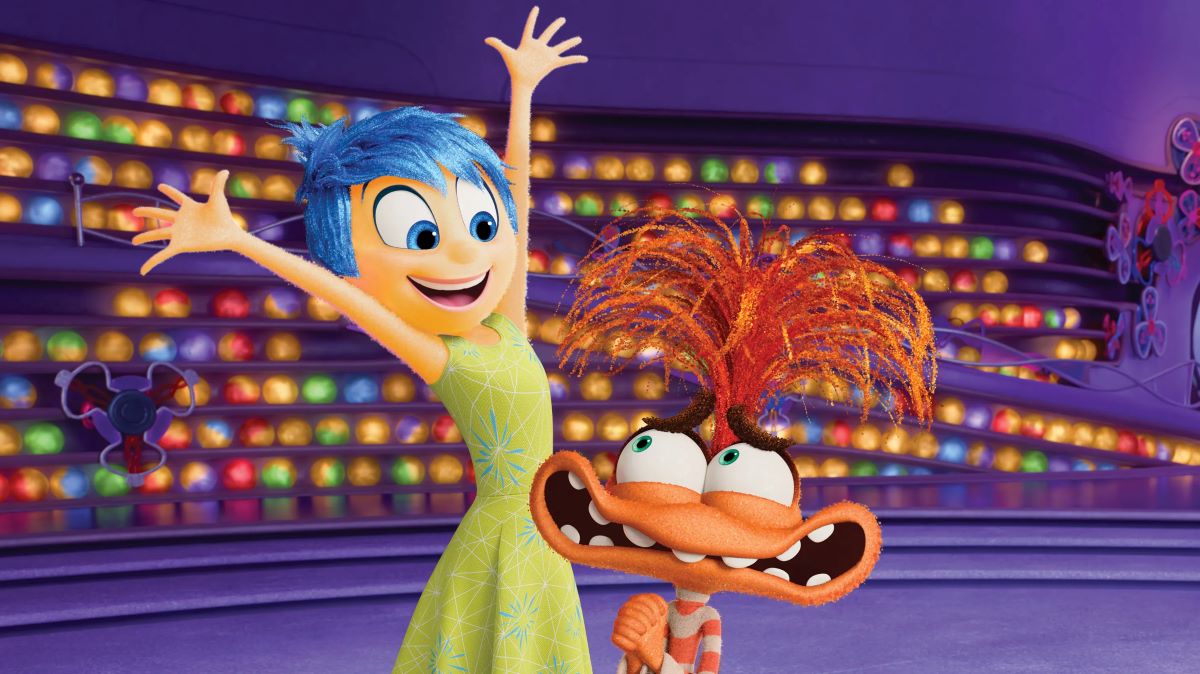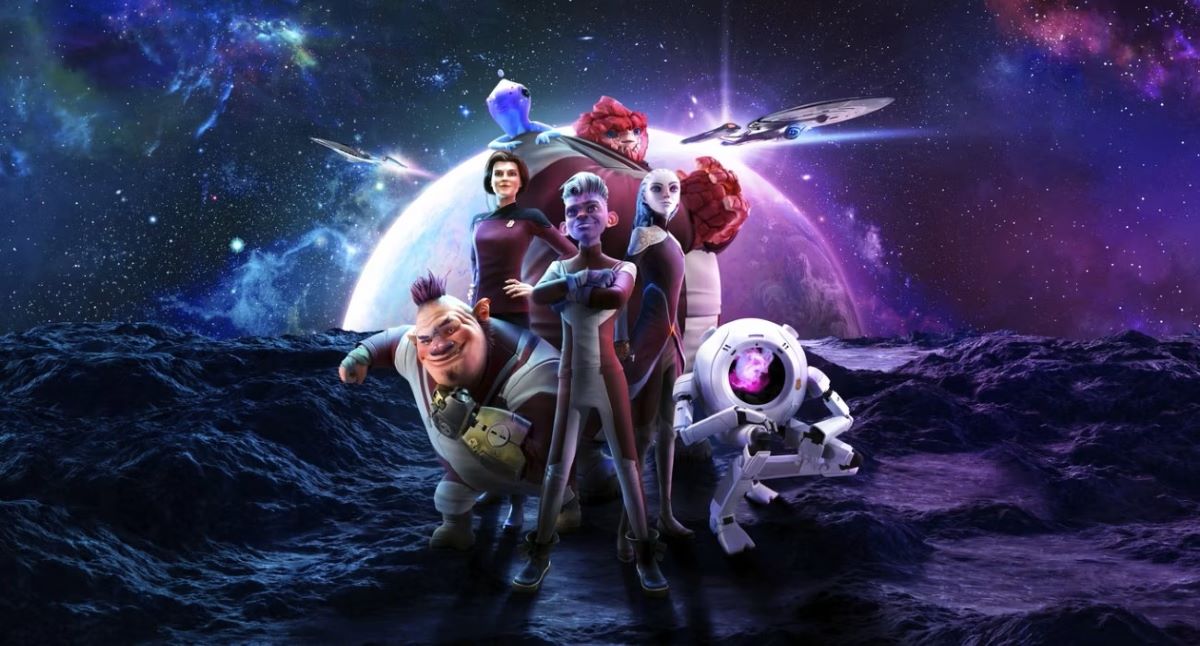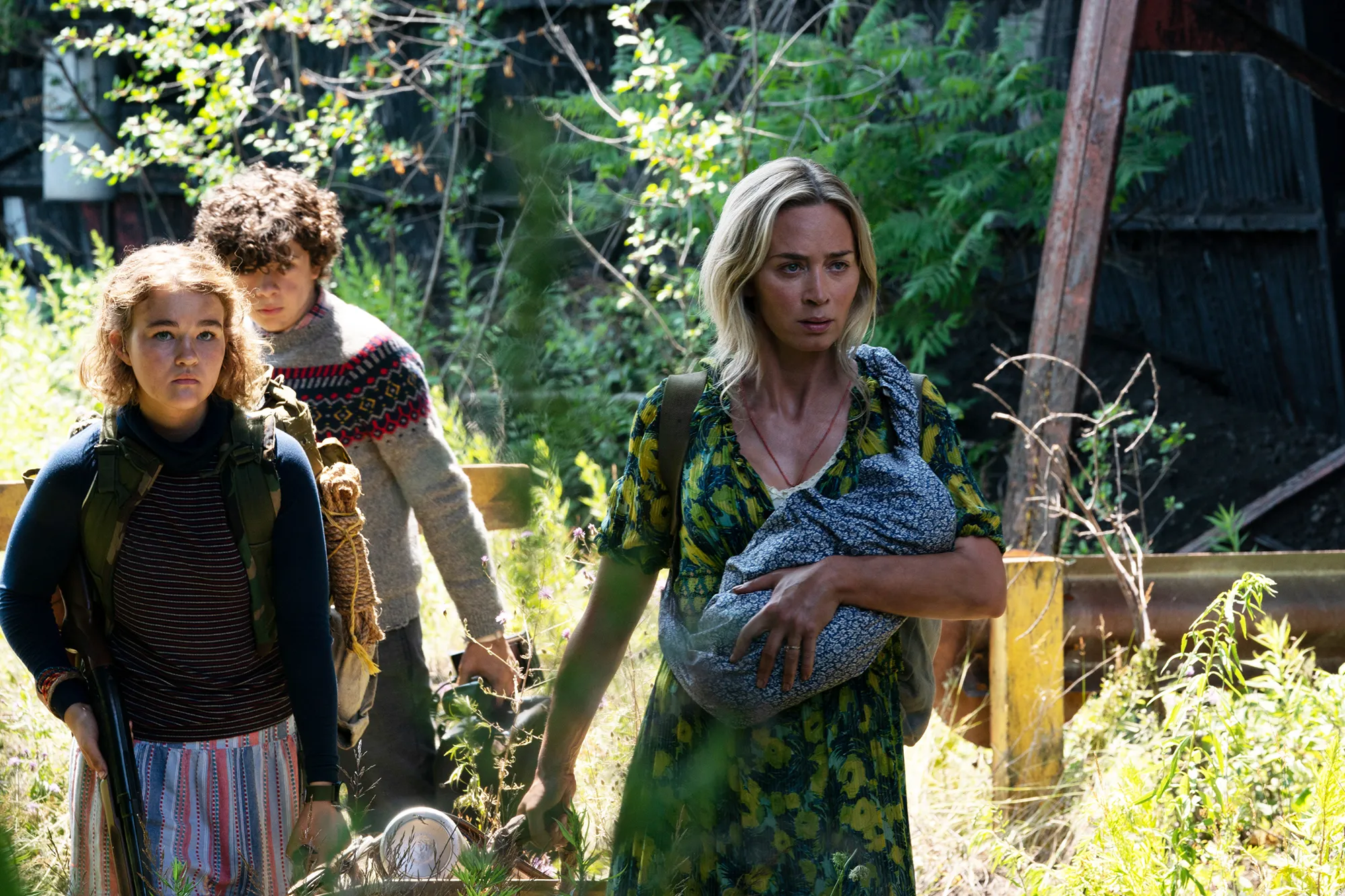Nine years ago, when discussing Inside Out (2015), I called it a “roller coaster of emotions.” This is because, despite being mostly set in an invisible space (the human mind) and populated by abstract concepts (fear, sadness, joy, disgust, anger), the film exuded incredible physicality and engaged viewers on an intellectual and emotional level. Does Inside Out 2 achieve the same? Yes and no. Firstly, the surprise element that enchanted everyone in the first film is missing—the visionary quality that created and made a world believable, the extraordinary ability to anthropomorphize emotions and give them not only a color but also a face, a form, a posture, and a demeanor.
Here, the pleasure of discovering something new is replaced by the familiarity of the known. Moreover, in this sequel directed by Kelsey Mann, the choice of emotional baggage accompanying young Riley as she faces the “chaos” of puberty raises some doubts. What new emotions do screenwriters Dave Holstein and Meg LeFauve introduce? Anxiety, Envy, Embarrassment, Boredom, and Nostalgia. The latter, personified as a straw-colored grandma, appears only in two small cameos (but are we sure it’s an emotion so foreign to adolescents?), Boredom (called Ennui, in French) lounges on the sofa, and Anxiety leads the way, striving to place young Riley in front of obstacles and dangers that should help her grow and mature.
Other possible emotions, which should be intimately connected with puberty, like Curiosity, Surprise, and especially Desire, are completely absent. This is the significant omission in Inside Out 2. It seems the screenwriters wanted to dramatize puberty and the transition from childhood by exorcising what always characterizes this passage. Thus, Riley must confront her feelings of inadequacy, overcome the anxiety of being accepted by peers, and conquer performance-related fears linked to sports (ice hockey, in this case). Certainly, the world imagined by Pixar’s designers offers continuous visual wonders: translucent fiber-optic-like threads ascending to infinity, vibrating like strings to indicate Riley’s personality, are visually impressive, as are the streams of light, colorful spheres, and the use of squads of 2D animators under Anxiety’s command, in a Tati-like work environment, ready to churn out sketches and drawings envisioning the girl’s future.
Imagination soars, no doubt about that. What is somewhat lacking is the psychological and even philosophical depth that made the first Inside Out so successful. Is this a sign of the times? Who knows. What is certain is that Inside Out 2 is dominating the global box office: drawing adults and children to theaters, it’s on track to earn 30 million euros in Italy by the end of June, while it has surpassed 400 million dollars in the American market and 830 million dollars globally. For a lackluster season thus far, devoid of strong titles, this is a positive sign.



